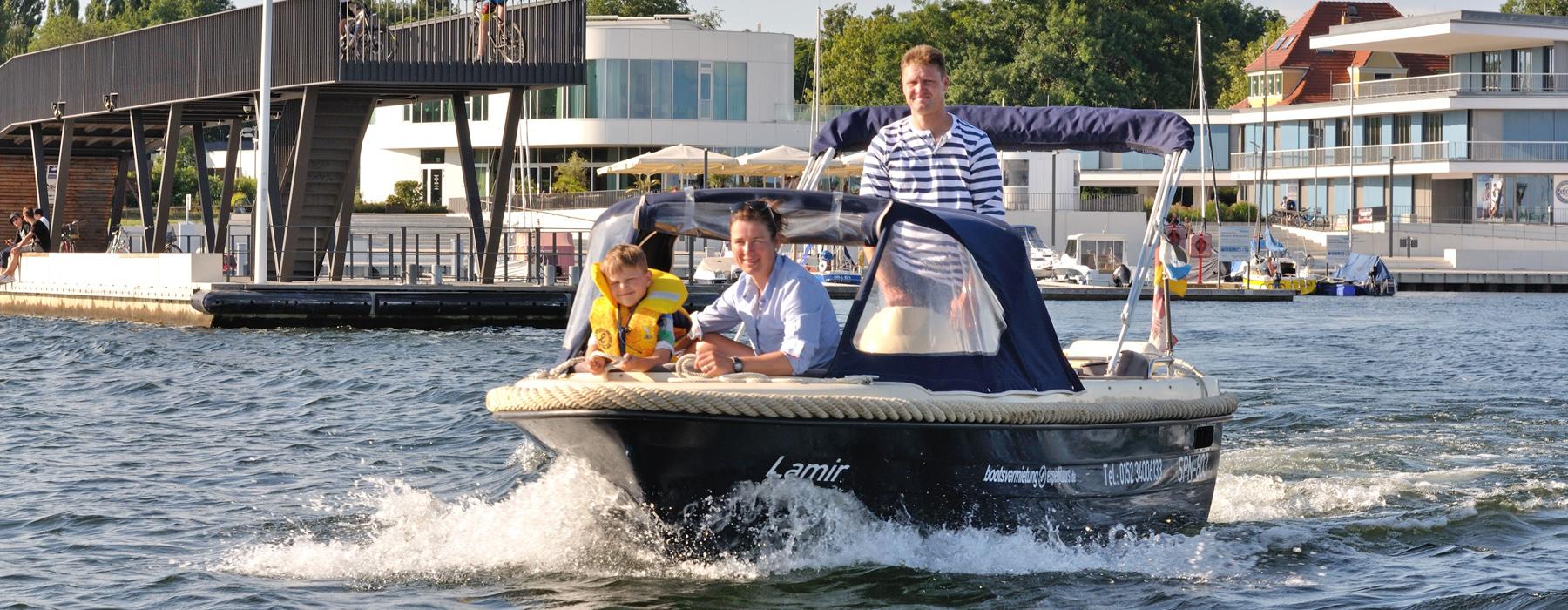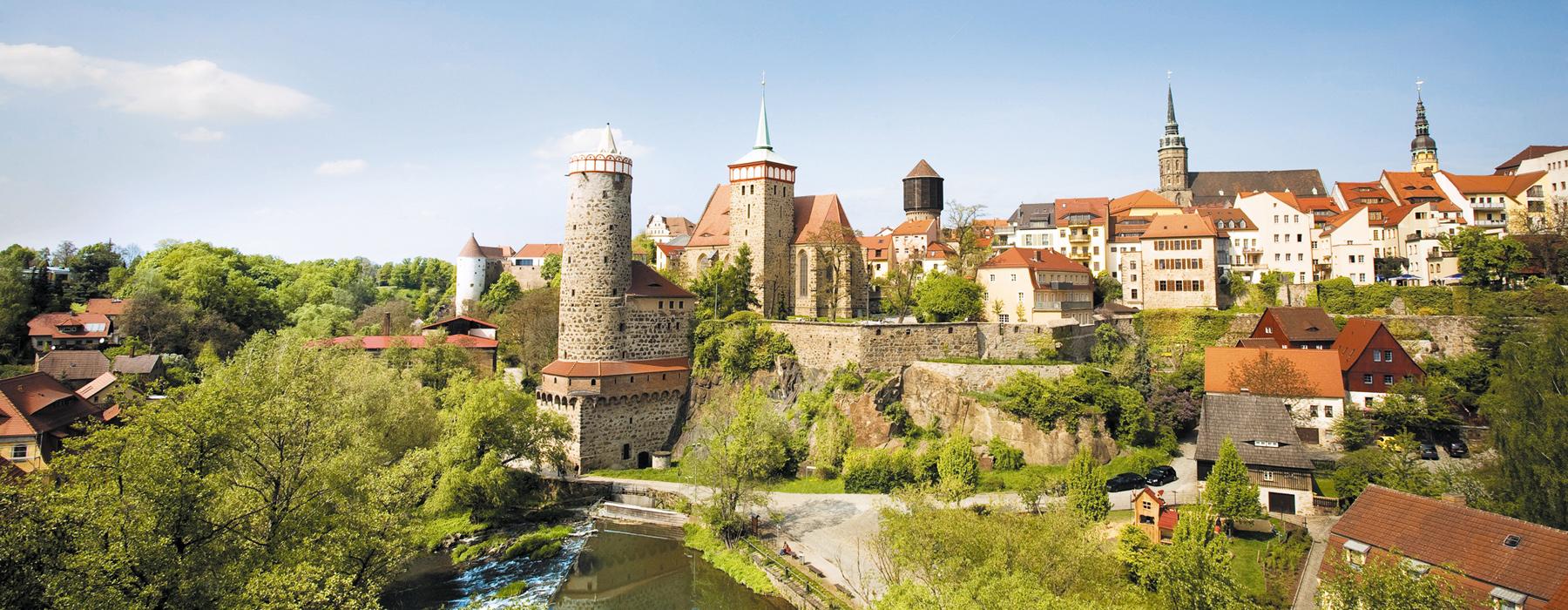Contact


High quality of life
The region has done a lot to achieve a high quality of life: investments in infrastructure and restoration of historical city centres such as those in Bautzen, Görlitz, Lübbenau/Spreewald, Senftenberg and Hoyerswerda. Hospitals, swimming baths and vocational training centres have been newly built. A diverse theatre landscape and numerous museums characterise the region’s culture. And if you ever want to spend some time in the big city: Leipzig, Dresden and Berlin are only a good hour’s drive away. As far as the compatibility of family and work is concerned, Lusatia offers very good opportunities: the provision of all-day childcare is higher than the German average at 95.5% of children under five. And for primary school children, sufficient after-school care places are available.
Favourable cost of living
Lusatia is one of Germany’s most appealing regions in terms of the cost of living.
Apartment rents and real estates are favourable, although investments in the building, maintenance and modernisation of residential buildings have risen continuously in recent years.
The average basic rents were below 5 euros per square metre in 2016.
Tourist magnet
Lusatia scores not only with family-friendly environment: The conditions in the region for the tourism industry are also very favourable.
The main attraction for visitors remains the Spreewald area, a unique water labyrinth: the river landscape with a network of almost 1,000 kilometres of waterways. A region with tradition, where you can discover orginality in the best sense – by bike, by canoe and in a typical Spreewald punt. In addition, visitors can discover many sights such as castles, palaces and beautiful parks.
The people of Spreewald are proud of their regional handcrafted products. And the mysticism of this region harks back to its world of legends, the culture of the Sorbs and Wends.
Leisure, customs and culture
If you are more attracted to climbing, hiking or wintersports, the Zittau Mountains are the right place for you: The mountains at the German-Czech border reach up to 792 metres height.
There is a dense network of paths with many vantage points on both sides of the border.
The Sorbs have deep roots in Lusatia. This ethnic group has lived in the region since the sixth century, with an eventful history.
Until today many Sorbs live traditional customs and culture.
Tab 1

In the Lusatian Lake District you can experience a transformation of the landscape that could hardly be more spectacular. Between Berlin and Dresden, Europe's largest artificial water area is being created with more than 20 lakes connected with navigable canals. Marinas, hotels, holiday parks and floating holiday homes make the holiday region perfect.
Tab 2

Vast forests, orchards and purple flowering heath are typical of the nature in the region along the Schwarze Elster river, which represents a special part of Brandenburg’s cultural history in the historical border area between Prussia and Saxony. Here you can walk in the footsteps of the Cistercian monks or explore the landscape on a bicycle tour. The “horizontal Eiffel Tower”, the F60 visitor mine, is probably the most well-known example of the region’s past industrial culture.
And industrial culture can be explored on the Energy Route Lusatia – and you are also welcome to cycle on the Lower Lusatia Mining Tour, as the flat landscape has one of the densest cycle path networks in Brandenburg.
Tab 3

From mining to sailing: since the mid-19th century, mining and coal production have characterised Lusatia and given the region an industrial face. Where once gigantic excavators dug through the earth, today holidaymakers set sail on the lake, go fishing, swimming or surfing.
Tab 4

To the north of Görlitz, the Neisse river flows through perhaps one of the finest landscape parks on the continent – Fürst-Pückler-Park in Bad Muskau, a UNESCO world heritage site since 2004. Its creator, the famous landscape architect, nobleman and travel writer Hermann Fürst von Pückler-Muskau, was inspired by the idyllic valley landscape and created a garden empire of considerable dimensions here between 1815 and 1845. As the largest English-style landscape park in Central Europe, the site can be explored by foot, carriage, bike or boat.
Tab 5

Bautzen is a town in Upper Lusatia and is over 1,000 years old. Seventeen towers, bastions and a town wall preserved almost over its entire length give it a medieval flair. With the “Alte Wasserkunst” - "Old water art", an ingenious pump station, the town by the Spree river has a well-known landmark. The Cathedral of St. Peter is also something quite special. In eastern Germany’s only cross-denominational church, Catholics and Protestants have worshipped in a shared choir room and nave since 1542. The German-Sorbian Folk Theatre, the only bilingual theatre in Germany, and the many Easter customs such as the artistic decoration of Easter eggs tell of the customs of the Sorbs.
Tab 6

Görlitz is considered a unique architectural monument. The historical city centre reveals around 4,000 architectural monuments: Wilhelminian and Art Nouveau facades, hall houses of the medieval cloth makers' guild, a whispering archway, accessible fortifications, the only surviving large department store of early German department store architecture, which has become well-known thanks to the film The Grand Budapest Hotel. Because many Hollywood directors have discovered Görlitz as an perfect filming location, the city is also called “Görliwood”. Guided tours bring interested people to the film locations.
With the holy grave “Heiliges Grab”, Görlitz has a faithful replica of the Holy Sepulchre in Jerusalem. The sun organ “Sonnenorgel” in St. Peter and Paul Cathedral is ingenious. And those who want to try Silesian cuisine, simply stop at one of the traditional restaurants.
 Lausitz-Invest
Lausitz-Invest


